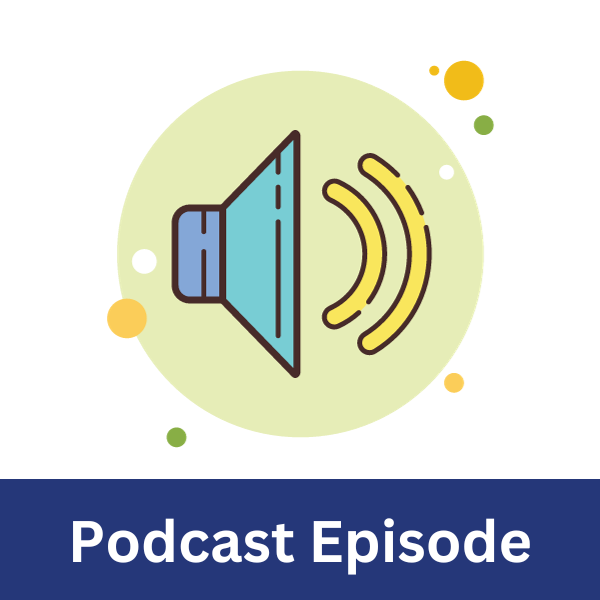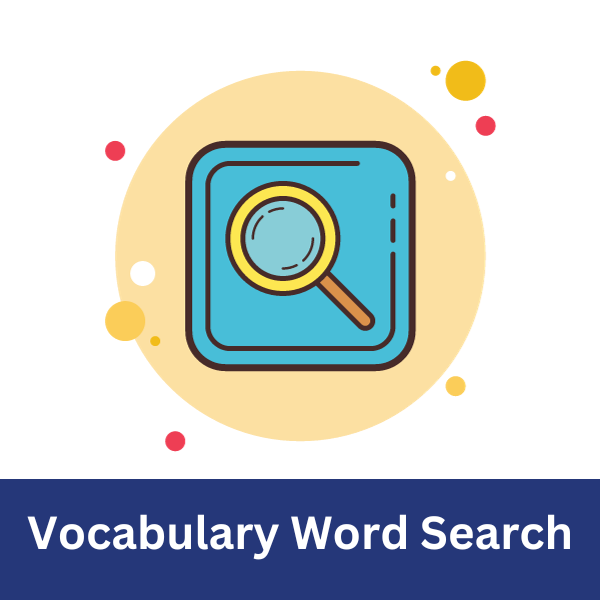Enjoy this full-length No Sweat Nature Study class about symbiosis! Along with the video lesson, you’ll find the complete resource page that typically accompanies each class.
Please note: While most of the features are fully available to you, the links to additional lessons are reserved for members only. They’re included here to give you a clear picture of the extended learning opportunities available with full access.
Symbiosis
Discover the three types of symbiosis as you meet some friendly and not-so-friendly partnerships between plants and animals.
Supplies:
- nature notebook (or blank, white paper)
- pencil
- colored pencils or something else colorful
Extra Learning Resources
Discussion Questions
- The word “symbiosis” comes from two Latin or Greek roots. What are the roots, and what do they mean when combined? (“Sym” means together, and “bios” means a together way of life. Combined, they mean “a together way of life.”)
- Name the three types of symbiosis and briefly explain each one. (Mutualism is when both partners benefit from the relationship. Commensalism occurs when one partner benefits while the other remains unaffected. Parasitism is when the relationship benefits one partner and harms the other.)
- Name one example of each type of symbiosis. (Answers will vary. One example of mutualism is the relationship between plants and pollinators. One example of commensalism is the relationship between barnacles and whales. One example of parasitism is the relationship between ticks and humans. )
Nature Walk
Look for examples of plants and animals working together during a nature walk. Can you find a flower and a bee, or a tree with moss growing on it? Talk about how these pairs help each other survive.
Hands-On Activity
Experiment: Cleaner Fish Simulation
- Objective: Investigate how mutualism benefits both organisms using a cleaner fish and host fish analogy.
- Materials: A large bowl of water, small objects (beans or beads) to represent parasites, a spoon or tweezers, and a stopwatch.
- Steps:
- Fill the bowl with water and scatter the “parasites” throughout. This represents a fish covered with parasites.
- Assign one person as the “cleaner fish” using the spoon/tweezers to pick up parasites, while another keeps time.
- Time how long it takes to remove all parasites.
- Discuss how the cleaner fish benefits (a meal) and how the host fish benefits (health improvement).
- Extension: Try different tools (such as chopsticks or forks) to mimic various cleaning techniques and discuss which one works best.
Kid-Friendly Research Project
Parasitic Relationship Model
- Pick a Parasite: Choose a parasite to learn about, like mistletoe, ticks, or tapeworms.
- Learn About It: Find out what it looks like, where it lives, how it feeds, and how it affects its host.
- Build a 3-D Model: Using craft supplies like pipe cleaners, paper, clay, and glue, create a 3-D model of your parasite on its host. Add labels to show what’s happening, like “parasite” and “host.” Be creative with the details, like how the parasite gets its food.
- Present It: Explain your 3D parasitic model to your family or friends, making sure to include as many details as possible from your research.
High School Extension Project
“Nature’s Partnerships” Feature Article
Choose a lesser-known symbiotic relationship and research how it functions – what each species contributes, how they depend on one another, and the role their partnership plays in the broader ecosystem. Then, write a feature article as if for a science and nature magazine. Include:
- A compelling headline
- An engaging, informative narrative
- Clear explanation of the relationship
- A short sidebar titled “Why This Partnership Matters”
Add one labeled visual (such as a diagram, map, or sketch) that enhances the content. Share it with someone for feedback.
Related Video Lesson
Topics Covered: symbiosis, symbiotic relationship, mutualism, mutualistic, commensalism, commensalistic, parasite, parasitism, parasitic, partner, animal relationship, plant relationship, beneficial relationship, harmful relationship, ant, aphid, whale, barnacle, tick, mosquito, human
Nature Journal Skills: chart-making and note-taking
Standards Alignment & Learning Record
Download the printable learning record for this lesson. It includes a lesson summary, objectives, scope and sequence, and alignment to NGSS, ELA, and other applicable standards—perfect for documentation, planning, or proof of learning.
Thank you!
I hope you and your children enjoyed the lesson!
It would be an honor to welcome your family into No Sweat Nature Study.
With more than 175 recorded classes ready to explore—and two new live lessons taught each month—your children will have endless opportunities to engage with meaningful, in-depth science through nature study.
If you have any questions, please feel free to reach out to me directly at [email protected]. I’d love to help!



